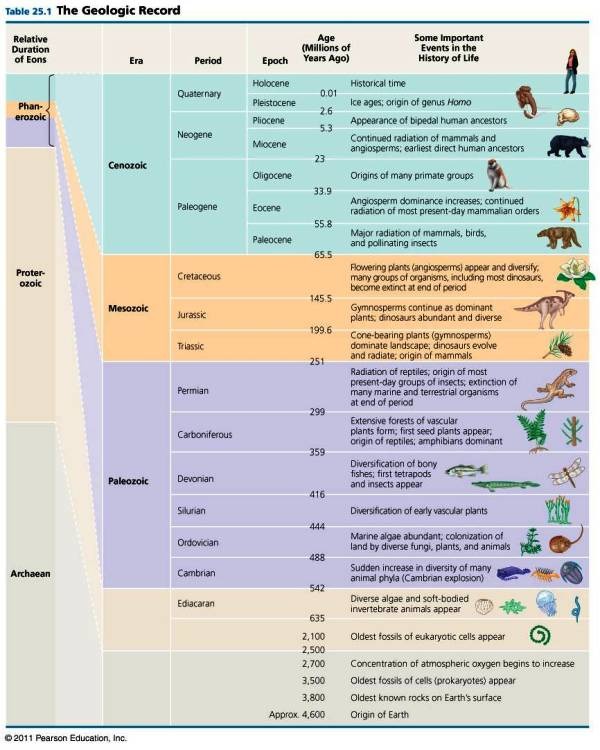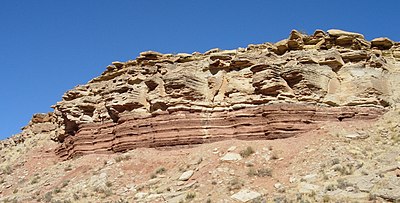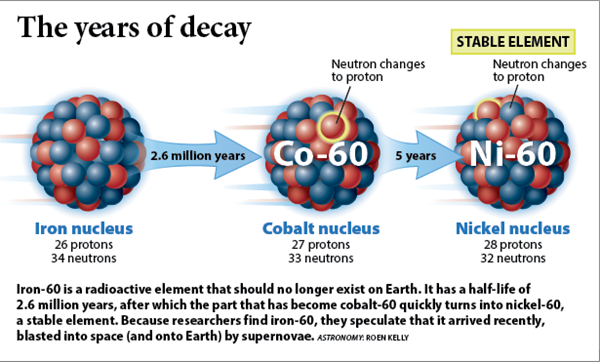destruction of
O3 in our atmosphere and so will destroy the ozone layer.
The prompt burst of γ-rays will not be large
enough to cause depletion of our ozone layer
for supernova farther than tens of light years distant.
2. X-rays From Supernova Blast's Interaction with Surrounding Material
 |
Aside from prompt x-rays produced in the explosion, a later burst of x-rays
may arise from when the ejected material collides with surrounding matter or
perhaps collides with a surrounding disk. The strong shock that forms
superheats the material to high temperatures causing it to radiate x-rays.
These x-rays may also affect the ozone layer.
They may also break apart N2 molecules in the stratosphere
of our atmosphere leading to the formation of molecules composed of NO
molecules. The NO molecules then act as catalysts for reactions
that destroy our
O3.
A recent study by NASA's CHANDRA x-ray observatory of 31 Supernova's
in the x-rays has shown
that Supernovas will be
dangerous to our ozone layer out to distances of 130 light
years or so (a more distant limit but Betelgeuse still sits
well outside the danger zone).
|
3. Cosmic Rays
 |
Aside from the %gamma;-rays and x-rays produced by supernova explosions,
high energy particles, cosmic rays are produced
by supernova when their shocks collide with surrounding matter.
The strong collisons acclerate mainly protons (hydrogen) to nearly the speed
of light. Some of the particles have energies larger than 15 Joules! This is
huge. There is a single particle that carries the weight of a
falling shoe. This is amazing because how many particles are there in a shoe?
In a falling shoe there are more than 1027 particles.
Each particle then carries only 1.5x10-26 Joules! The
bulk of the cosmic rays
carry much smaller energies, usually less than a million-th of a Joule.
The high energy cosmic rays may also
affect the ozone layer. At high
altitudes, the cosmic rays
may collide with nitrogen molecules leading to the production of NO
that again catalyzes reactions that destroy the ozone layer.
Cosmic rays
can cause depletion of the ozone layer
for supernovas out to distances of 30-50 light
years or so.
Recent work suggests that Cosmic rays may also cause
trouble when they produce the particles known as muons,
μ near the surface of the Earth. It has been proposed that these
μs could produce mini-mass extinctions of large marine critters.
|
4. Was There a Supernova within 150 Light Years from Earth 2.6 Million Years Ago?
 |
This is an interesting question because 2.6 million years ago
marks the end of the Pliocence era which saw changes in the
climate of the Earth. Recent work has suggested
a supernova may, in fact, occurred 150 light years from
Earth and triggered climate change
and the mass extinction of large marine
mammals.
How could we go about showing that a supernova took place near the Earth 2.6 million years ago?
Is there evidence a supernova took place near the Earth around 2.6 million years ago?
|


| |
We can determine whether or not a supernova happened nearby through examination of the fossil record
on the Earth. A quite useful way is to study layers of sedimentary found in ocean basins. An example
of such sedimentary rock is the formation found in Utah.
One can see that sedimentary rocks are laid down in
layers with the youngest layers lying to the top. Ocean basins are young in a geological sense, but still
have ages up to 100s of millions of years and so easily hold the record of events that take place within
5 million years.
So, what can we do?
In supernova outbursts radioactive elements are produced, we have already met nickel 56 and how it
decays to produce SN lightcurves. There are other kinds of radioactive elements produced. For the problem at hand,
a prime example is iron 60 which decays to cobalt 60 and then to nickel 60
(see left) with a half-life of 2.6 million years.
|
The strategy is clear. Because the Solar System (and Earth) is 4.5 billion years old, any iron 60 that was around
when the Solar System was born will have long ago decayed to nickel 60. Therefore if there is any iron 60 left, we
know that it must been incorporated into the Earth within the last millions of years, the exact amount of time
depending upon how much of it has changed into nickel 60.
- Suppose a rock is born with 64 atoms of iron 60
- After one-half life, 2.6 million years, one-half of the iron 60 will have changed to nickel 60. That is, we
will now have 32 atoms of iron 60 and 30 atoms of nickel 60. Judging from the relative amounts of iron 60 and
nickel 60 will allow us to infer the number of half-lives that elapsed and so the age of the rock.
- After another half-life, one-half of the remaining iron 60 will decay to nickel 60. That is, 16 of the
32 remaining iron change to nickel 60. After two half-lives, there will then be 16 iron 60 atoms and 32+16
nickel atoms.
- We can use this method to determine the age of a rock through comparison of the amount of nickel 60 it
contains to the amount of iron 60 it contains. This method is known as Radioactive
Age Dating.
Recent work has suggested that perhaps two supernovas took place near the Earth, one 2.6 million
years ago and one 7 to 8 million years ago.





